How to Use Hashtags Effectively in Healthcare Social Media Marketing 🩺
In the fast-paced world of social media marketing, hashtags are among the most effective tools for increasing visibility and engagement. They categorize content, making it easier for users to find relevant posts. Whether you’re a healthcare provider aiming to attract new patients or simply looking to boost brand awareness, leveraging hashtags correctly can be a game-changer.
This guide walks you through best practices for using hashtags on platforms like Instagram, Facebook, and Twitter.
What Are Hashtags and Why Do They Matter Hashtags for Healthcare Marketing? 🔑
Hashtags are words or phrases preceded by the # symbol. They serve as labels that group related content, making it easier for users to search and engage with posts on specific topics. In the healthcare industry, hashtags are especially useful for:
- Expanding reach: They help your posts appear in broader public feeds.
- Improving discoverability: Patients searching for health-related content can more easily find your posts.
- Building community: Hashtags foster a sense of connection among patients and professionals interested in similar topics.
Best Practices for Using Hashtags on Social Media 📅
1. Research Relevant Hashtags 🔍
Begin by identifying hashtags that resonate with your healthcare niche. Use tools like Hashtagify, RiteTag, or All Hashtag to discover trending terms.
- A dentist, for example, might use #DentalCare or #OralHealth.
- A physiotherapist could try #PhysicalTherapy or #SportsMedicine.
➡️ Tip: Periodically explore hashtag strategies specific to your field to stay updated.
2. Use a Mix of Popular and Niche Hashtags 🎯
Combining broad hashtags like #Health or #Wellness with more specific ones such as #PediatricOrthopedics allows you to target both wide and niche audiences.
✅ Best practice: Use 5–10 hashtags per post. Overusing them may dilute your message or seem spammy.
3. Tailor Hashtags to Each Platform 🧑💻
Different platforms require different strategies:
- Instagram: You can use up to 30 hashtags—choose them wisely and ensure relevance.
- Twitter: Stick to 1–2 concise hashtags due to the character limit.
- Facebook: Use 1–3 hashtags, focusing on relevance and clarity.
➡️ Pro tip: Always research what works best on each platform.
4. Create a Branded Hashtag 🏷️
A custom hashtag can help build a loyal following. Encourage patients to use it when sharing their stories or testimonials.
Example: A dental clinic might use #SmileWithDrSmith to promote patient transformations.
5. Use Location-Based Hashtags 🌍
Especially important for local practices, location-based hashtags help attract nearby patients.
Examples:
- #DubaiDentist
- #LondonPhysiotherapy
- #NYCChiropractor
This local focus increases the chances of being discovered by potential clients in your area.
6. Stay Relevant to Your Audience 🎯
Hashtags should always match your content. If you’re posting about a new treatment, use tags directly related to that service rather than generic ones.
❌ Avoid: #Love, #Fun, or other unrelated tags
✅ Use: #BotoxTreatment, #ACLRehab, #CardiologyTips
7. Monitor Trends and Popular Hashtags 📈
Hashtag popularity changes frequently. Keep tabs on what’s trending by using tools like Trendsmap, Twitter Trends, or Google Trends.
➡️ If a healthcare-related hashtag goes viral, join the conversation early to boost your post’s reach.
8. Track Hashtag Performance 📊
Evaluate which hashtags bring the most engagement using analytics tools like Hootsuite, Later, or Sprout Social. This allows you to refine your strategy based on what works best.
9. Use Hashtags in Stories and Other Formats 📲
In addition to feed posts, include hashtags in Instagram Stories, Facebook Stories, and YouTube video descriptions to broaden reach and drive more engagement.
10. Avoid Hashtag Spam 🚫
Using too many or irrelevant hashtags can hurt your credibility and reduce engagement. Focus on quality over quantity, and ensure each tag adds value to your message.
Stay Consistent Across Your Strategy 🔄
Consistency in hashtag use reinforces your brand voice and messaging. Stick to a core set of hashtags while rotating new ones based on content type, campaign goals, and trends.
Conclusion 🌟
Hashtags are a simple yet powerful component of social media marketing—especially for healthcare providers aiming to grow their digital presence. By using a mix of relevant, trending, and branded hashtags strategically, you can expand your reach, engage more effectively with patients, and strengthen your practice’s online identity.
🔗 Want more healthcare marketing tips? Visit our blog at edma.ae/blogs.






